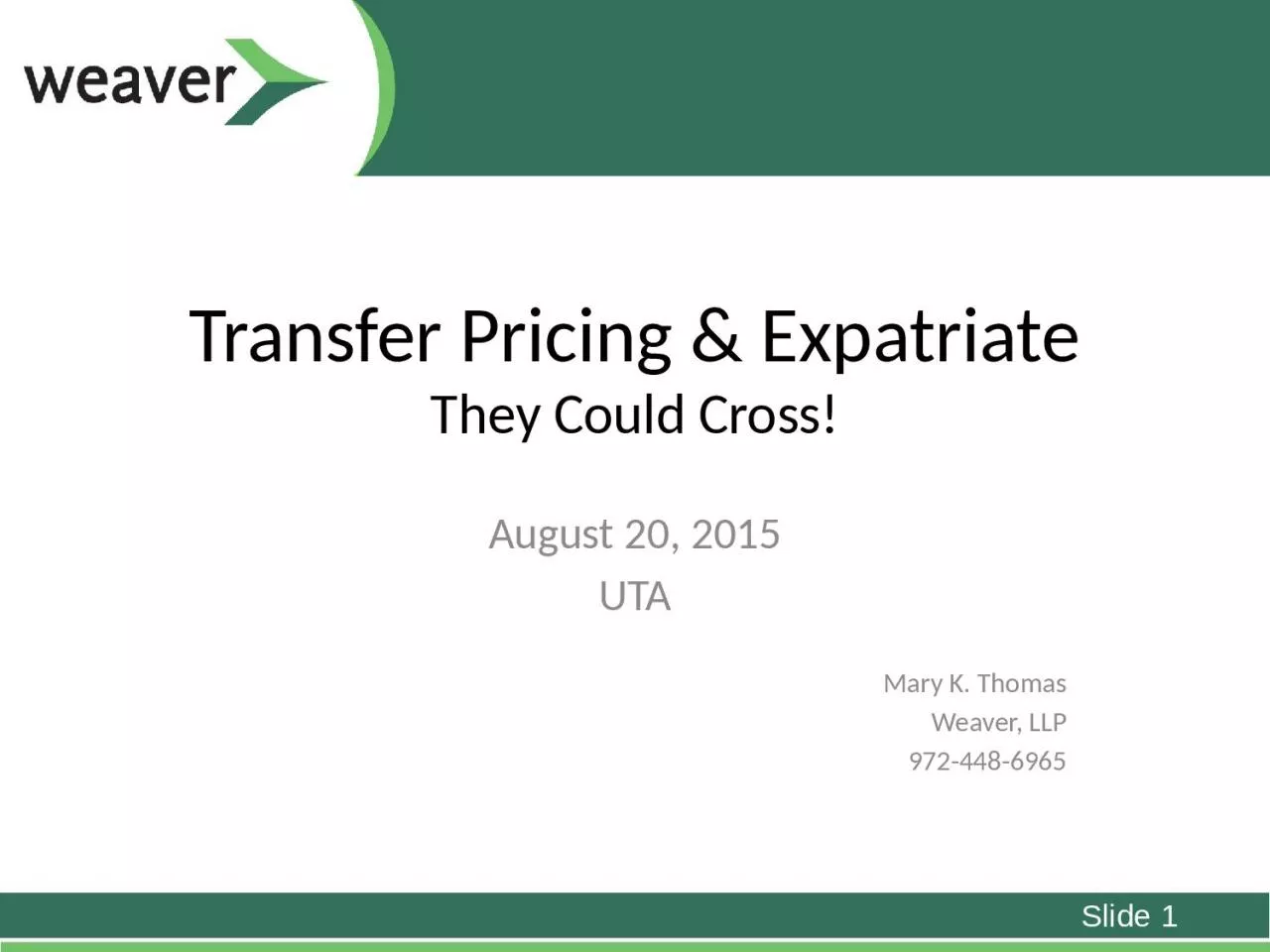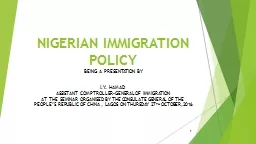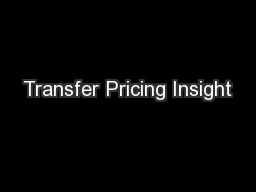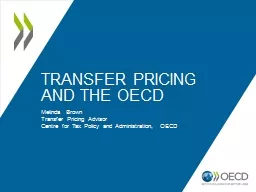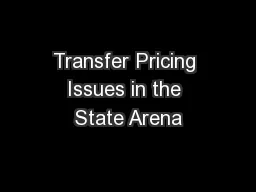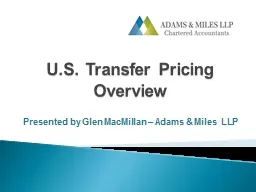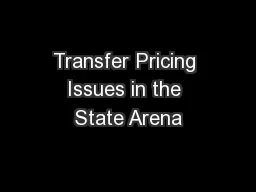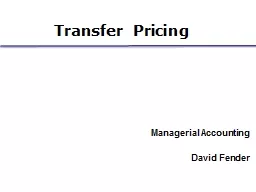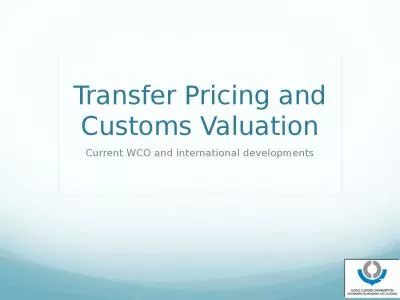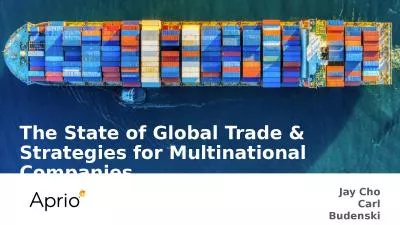PPT-Transfer Pricing & Expatriate
Author : brooke | Published Date : 2023-11-04
They Could Cross August 20 2015 UTA Mary K Thomas Weaver LLP 9724486965 Slide 1 Texas Exports Brazil Canada Mexico 2011 101 221 872 2012 100 239 944 2013 109 261
Presentation Embed Code
Download Presentation
Download Presentation The PPT/PDF document "Transfer Pricing & Expatriate" is the property of its rightful owner. Permission is granted to download and print the materials on this website for personal, non-commercial use only, and to display it on your personal computer provided you do not modify the materials and that you retain all copyright notices contained in the materials. By downloading content from our website, you accept the terms of this agreement.
Transfer Pricing & Expatriate: Transcript
Download Rules Of Document
"Transfer Pricing & Expatriate"The content belongs to its owner. You may download and print it for personal use, without modification, and keep all copyright notices. By downloading, you agree to these terms.
Related Documents

